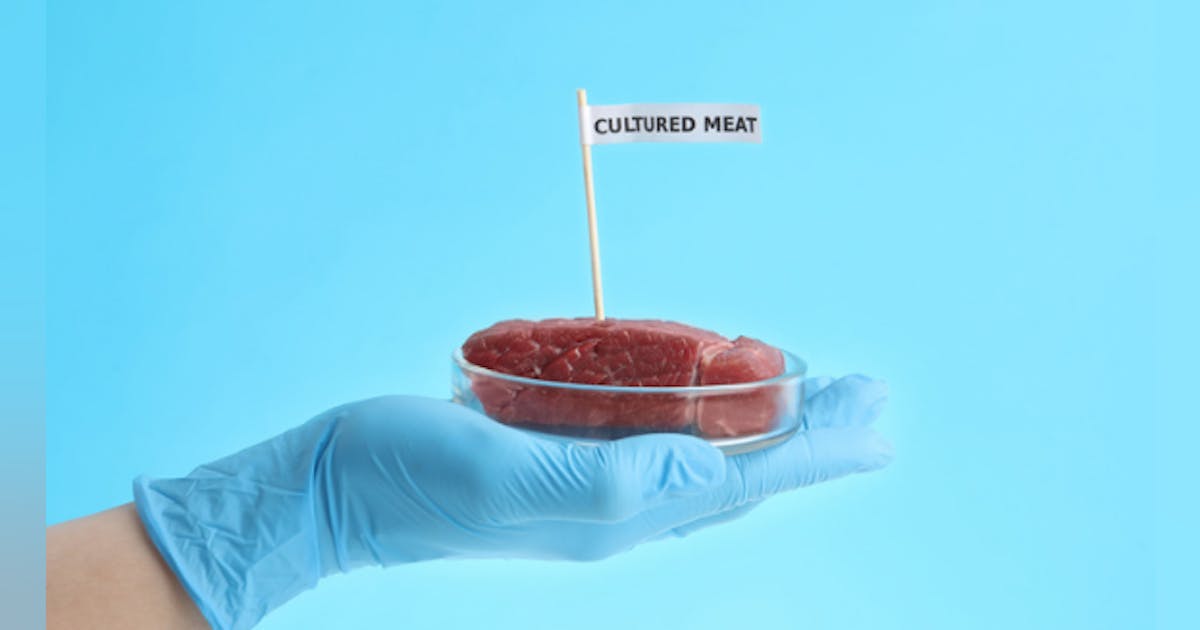When I stopped eating animals in 1993, I recall reading animal advocacy literature decrying that six billion land animals were slaughtered for food annually in the US. Today, 30 years later, the number is closer to 10 billion. The situation has also gotten worse around the globe as meat consumption keeps rising.

What Motivates Food Choices?
What we in the plant-based movement have been doing hasn’t been working. Typically, we make three arguments for why people should eat fewer (or no) animals: it’s better for animal welfare, it’s better for the planet, and it’s better for our health.
These three arguments certainly have merit, but sadly, animals, planet, and health are far from the top motivators of food purchases. Rather, most people decide what to eat based on taste, price, and convenience. In other words, if the taste isn’t great, if the price is too high, and if the food is hard to get, the chance of most people choosing their food based on animals or the planet (or even their health) is remote.
Most People Want Cars, and Most People Want Meat
It’d be great if people wanted to walk and bike more, but most people want to drive. That’s why making cars that don’t run on fossil fuels is so important. Similarly, most people want meat. It’d be great if people were happy to switch from meat to hummus wraps and lentil soup—I love those foods—but sadly, most people want meat. So we must give them a chance to “satiate their meat-tooth” without animals.

Plant-based meats are doing a better and better job of this each year, but they still represent a tiny fraction of the meat industry and are almost always sold at prices far above animal-based meat. Just like we need lots of different clean energy solutions—wind, solar, geothermal, etc.—we need lots of clean protein solutions.
That’s where cultivated meat comes in. Yes, we’re talking here about real, actual animal meat, simply grown without animals. I wrote a book on the topic, Clean Meat, that chronicles the journey of the entrepreneurs, scientists, and investors all racing to commercialize the world’s first slaughter-free animal meat. This is no longer the stuff of science fiction; it’s now science fact.
And with the US government’s historic approval of such meat recently, now is a good time to go over why this nascent industry is worth supporting.

** Click here to read the full-text **











